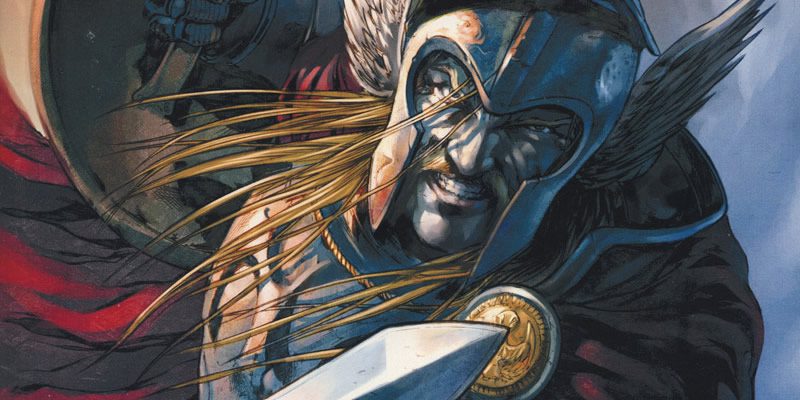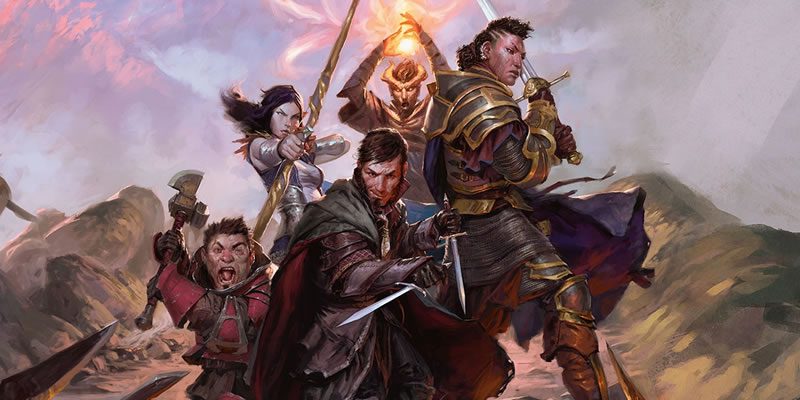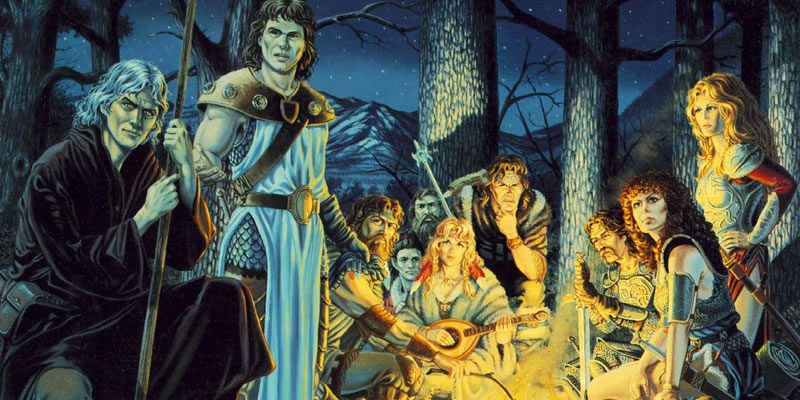Using Factions in Your Campaign
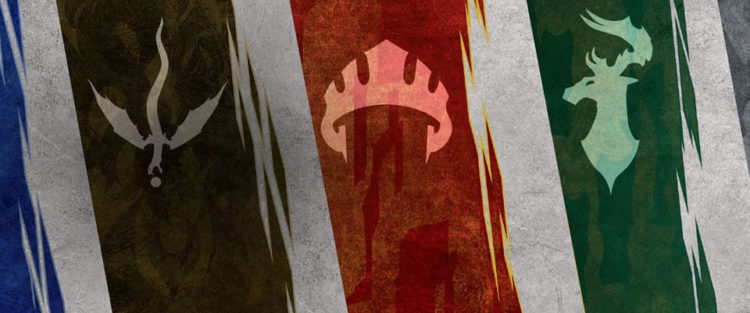
This week on the Campaign Trail I’m looking at factions and how to use them in your game. This article will look at how Forgotten Realms factions are used for D&D’s organized play, how I use factions in my game, example factions in settings and tips on how to establish factions in your own game.
Whether you’ve created your own campaign setting or if you are playing in an official setting, establishing factions can help the world live and breath. Unlike an character who can die and take all of their plots and motivations with them, a faction can live on as long as it has agents operating on its behalf. Having some (or even all) of your PCs and NPCs of your game belonging to factions can make sure that players feel like they are part of a bigger picture and prevent the premature death of a big bad evil guy be the end of the story.
Factions in the Forgotten Realms
The Forgotten Realms campaign setting has had countless groups operating for good and evil since it was first created in the mind of Ed Greewood back in 1967 to today. The ‘Realms’ that we visit in the stories of D&D’s 5th Edition has set-up five factions for players to join at home or at their local game store’s Adventurers League (D&D’s official ongoing organized play).
The factions are the Harpers, the Order of the Gauntlet, the Emerald Enclave, the Lords’ Alliance, and the Zhentarim. The five factions work to further their own goals while opposing evil forces that threaten Faerûn, such as dragons, elemental cultists, demons, giants and other baddies. While each of the factions has its own motivations, goals, and philosophy (some more heroic than others), they have been known to group up against major threats for the big storylines.
Factions have been set-up to be an important part of the D&D Adventurers League experience.
- A player character (PC) doesn’t have to join a faction right away, or at all.
- By joining a faction, a PC will have some responsibilities, but they can also gain support rewards for their service and an insignia to show their membership.
- Support can come in the form of a favorable Non-Player Character (NPC) and others ways throughout adventures.
- Rewards are granted as renown points which allow a PC to advance through the ranks of their faction from initiate to leader.
- At higher levels, you could be called on to complete secret missions by your faction in order to advance.
- Leaving a faction can be costly with the PC, having them lose all their ranks and having to start over at the bottom again of a new faction.

The five factions are well thought and should offer something for each type of character/class.
- The Harpers
“An old organization that has risen, been shattered, and risen again several times. Its longevity and resilience are largely due to its decentralized, grassroots, secretive nature, and the near-autonomy of many of its members.” - The Order of the Gauntlet
“Many paladins and clerics of Tyr, Helm, Torm, and Hoar have joined this new organization, seeing it as—finally—a way of making common cause against the evils abroad in the world.” - The Emerald Enclave
“A far-ranging group that opposes threats to the natural world and helps others survive the many perils of the wild. Members of the Emerald Enclave are spread far and wide, and usually operate in isolation.” - The Lords’ Alliance
“A coalition of rulers from cities across Faerûn, who collectively agree that some solidarity is needed to keep evil at bay. The rulers of Waterdeep, Silverymoon, Neverwinter, and other free cities in the region dominate the Alliance.” - The Zhentarim
“The Zhentarim seeks to become omnipresent and inescapable, more wealthy and powerful, and most importantly, untouchable. Everyone should fear to cross them.”
Factions in the Nentir Vale
The player’s in my current Nentir Vale set campaign have faced off against the nefarious organizations such as the Fell Court, Frost Witches, the Iron Circle and dragon cultists. The good news is that my players haven’t been facing them all alone, since they were able to ally with or even join some of the factions that exist in the world.
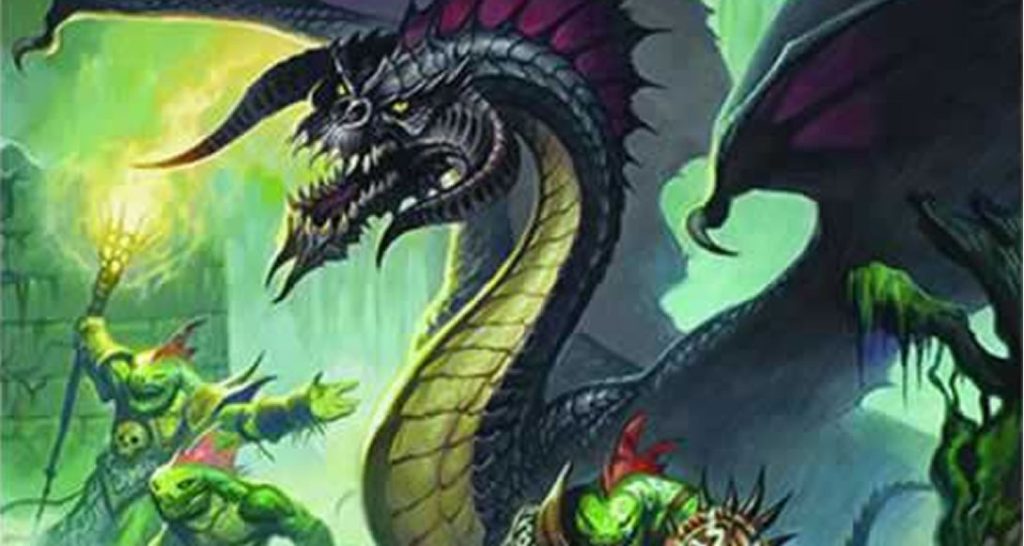
I wanted factions to help make the world feel more alive
and provide another way for my players to interact with it.
For my current campaign I set-up some custom backgrounds, but I also informally set-up various factions players could join. Throughout the campaign, I have offered membership to some players. The goal of these factions wasn’t to build up renown points, but to provide groups that would ask for assistance, provide aid and come into conflict with the players. I wanted factions to help make the world feel more alive and provide another way for my players to interact with it. The Nentir Vale has an excellent source book to draw from for faction called Monster Vault: Threats to the Nentir Vale (2011).
Here are some of the factions I created, re-purposed or stole for my players to interact with as their faction, allies or adversaries.
- The Lords’ Alliance – just like in the Forgotten Realms, this group of barons and lords work together to protect the points of light against the darkness and act as major patrons for PCs in early adventures
- The Council of Wizards – a council of eight wizards from around the world who meet to share news and even work together from time to time, including the party’s wizard Gregor
- The Flame Imperishable – a group similar to the Harper’s who look to re-establish the Nerathi Empire outlined in a Dragon magazine
- The River Rats – a group of halflings who act somewhat like a thieves’ guild, but mostly like an organized crime syndicate
- Order of the Sun – a reclusive group of monks and clerics who serve Pelor, the most popular god of the world
- Dythan’s Legion – a group of Dragonborn looking to reestablish their ancient empire
- The Circle – this faction expands on the Harken’s Heart druids found in the official materials, which I roughed out just in case we had a druid in the party
- Iron Circle – organization of cruel mercenaries who invaded from the south and worship Asmodeus
- Tigerclaw Barbarians – a group of human and shifters who often come into conflict with civilized folk
- Hunter Spiders – a group of drow looking to return from the surface to the Underdark.
Huma Dragonbane – a celebrated Knight of Solomnia
Other Faction Examples
D&D’s Princes of the Apocalypse (2015) does a great job helping you map the adventure set in the Forgotten Realms to other D&D worlds, with lots of focus on mapping factions from one world to the other.
Here are some partial faction examples from various worlds.
- Star Wars: Jedi Order, The First Order/Empire, The Resistance/Rebel Alliance, Black Sun
You can see the factions hard at work in Star Wars: The Force Awakens when the group enters Maz’s castle and agents scury to inform their contacts about their whereabouts. - Overwatch (Video Game): Talon, Overwatch/Blackwatch, Corporations (Helix, Vishkar, Lumérico), Shambali, Shimada Clan, Junkers, Deadlock Gang
- Dark Sun: The Veiled Alliance, The Free, Druid Circles, Templar Bureaucracy, House Tsalaxa
- Greyhawk: The Circle of Eight, The Church of Saint Cuthbert, The Old Faith, The Knights of the Hart, The Thieves’ Guild
- Eberron: Morgrave University, The Church of the Silver Flame, The Order of the Emerald Claw
- Dragonlance: The Seekers, Knights of Solamnia, Knights of Takhisis/Neraka, Allies of the Forestmaster
- Golarion: In Pathfinder’s default setting you’ll find the globe-spanning Pathfinder Society and a variety of factions that fall under it such as the Sovereign Court and Liberty’s Edge
Using Factions in Your Game
Establishing factions for your PCs and NPCs to join can assist players in feeling like they are part of a bigger picture and can help threats be more menacing and persistent than any single big bad evil guy.
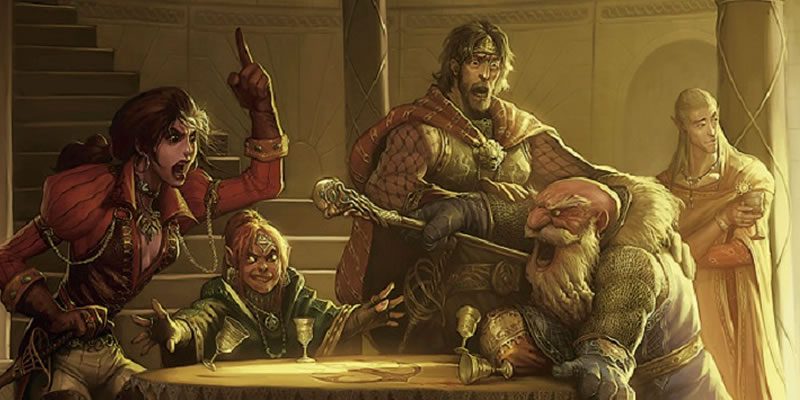
When setting up your own factions or using existing ones, make sure to consider the following.
Does It Fit Into Your Game World
Make sure the faction fits well in your game world. Don’t try to slam in some cool order of heroic mystical knights if you world is grim and low magic. Look at the people and places of your world and decide who would (or would want to) control things like politics, trade and information or protecting places like cities and forests. If your world is heroic, put factions clearly on the side of good or evil. If your world is more gritty, let your factions operate more in the grey.
No Need for Common Bonds
In a session zero, the goal is to create bonds that bring the characters together. Having the character be members of the same factions can strengthen those bonds, but having them be members of different factions can create opportunities for the Gamemaster to emphasize the differences in the goals and motivations of the PCs.
Match Up Factions with Game Rules
If your game has classes, your rogue thief could join a theives’ guild, your wizard can join a conclave and your cleric can join a religious orders. If your world is racially divided, you could establish factions that are focused on races such as a highly trained elves who become bladesingers, tieflings looking to work their way to the top of society, or dragonborn looking to re-establish their ancient empire. Skills and backgrounds can provide inspiration too, with opportunities to join guilds of all kinds.
Factions Should Have a Clear Motivations, Goals and Philosophies
As the gamemaster, you should know what each faction is trying to accomplish at any time during your campaign. You can have events playing out in the background that your players can bump into later. This shows a world that is changing without the need for the players to bump into something for events to happen. If players decide to not worry about a rumor about a demonic cult in town, let the cult gain a victory and become a bigger problem. If the players gain a victory over a faction, have the faction take a personal interest in them.
The Story is About the Players
Most campaigns shouldn’t be focused on the activity of a faction and having players serve the goals of the faction. Some exceptions I can think of are a group of soldiers, police or scholars working for their institutions. But no matter what, the focus of the story needs to be on the players and the decisions they make. Let the players decide what they want to do and avoid having factions decide where they should go and when. The players should be important and as they gain power, the factions should start to come to them for help. If players join a faction, work with them to flesh out how it operates if you haven’t created a ton of details (or even if you have).
Don’t Forget About Your Factions
You and your players have spent time interacting with factions. Don’t let them slide to the background and be forgotten. Spend a little time before each session thinking about what some of the key factions are up to and how their goals might advance or come into conflict with the goals of the players. You don’t have to have all the factions in play at all times, but look for opportunities to being key or favorite factions into the story whenever possible.

